Chinese archaeologists have discovered the first complete skeleton of a giant panda in the tomb of a Han Dynasty emperor dating back more than 2,000 years. The tomb is located in Xi'an city, Shaanxi province, China.
According to researchers, the animal may have been sacrificed and buried with Emperor Wen of Han in 157 BC as a symbol of power and status.
The panda's skull was found in another Han Dynasty tomb, with only the animal's torso bones in the same pit as the tomb. However, this is the first time a complete bear skeleton has been found buried in such a manner.
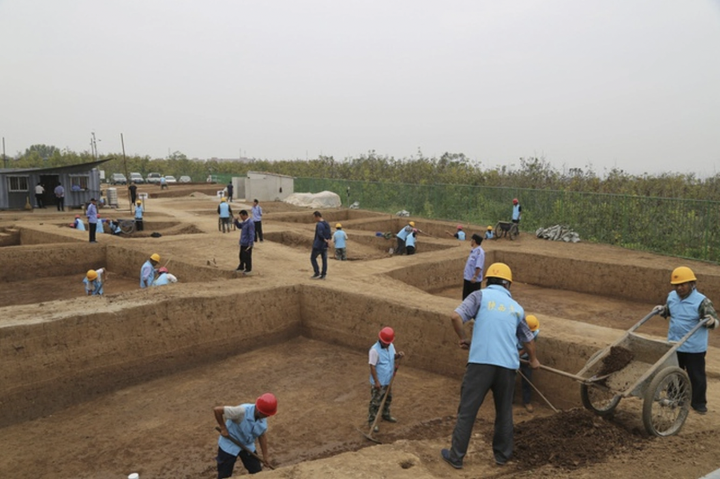
Excavating the tomb complex of Emperor Wen of Han. (Photo: The Paper)
The burial of the giant panda alongside the emperor was believed to have symbolic significance, with the animal escorting Emperor Wen of Han - who reigned from 180 to 157 BC - into the afterlife.
Hu Songmei, an archaeologist at the Shaanxi Academy of Archaeology, said this was the first time a complete panda skeleton had been found in an emperor's tomb. She said archaeologists had previously found its skull in the tomb of Emperor Wen's mother in 1975 but no trace of its body had been found.
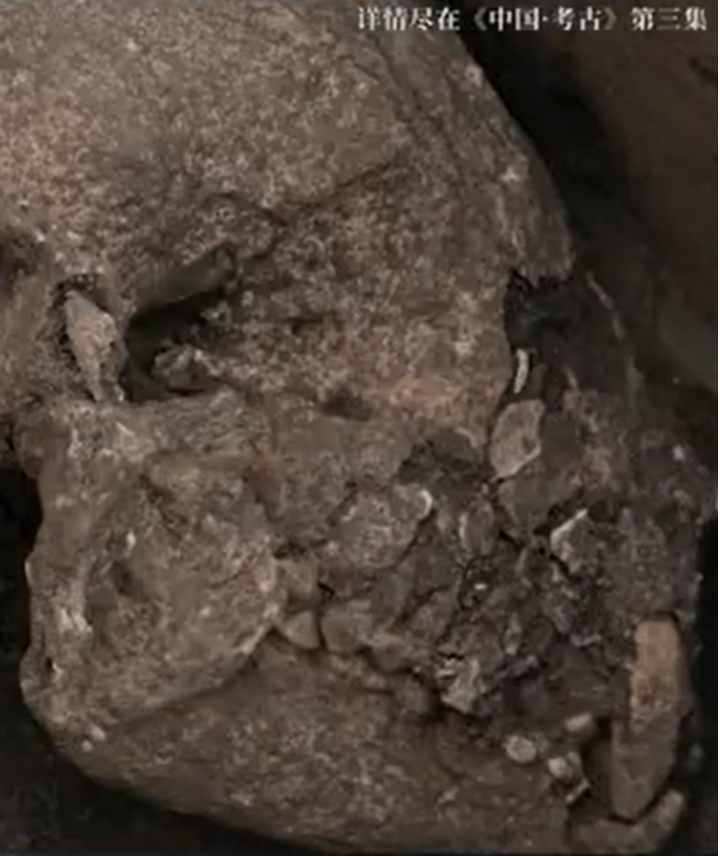
Panda skeleton found in a burial pit. (Photo: Shaanxi TV)
Archaeologists have also found a variety of wild animals in royal tombs in Shaanxi Province. They believe that this custom was symbolic of the status of Han Dynasty emperors.
Hu said her team found the skeleton of an Asian tapir in the tomb, a rare forest animal that went extinct in China about 1,000 years ago and is now listed as endangered by the International Union for Conservation of Nature.
Tigers and yaks were also found buried with the emperor. Meanwhile, the tomb of the emperor's mother often contained the remains of red-crowned cranes, peacocks, snub-nosed monkeys and turtles.
Previously, archaeologists found a now-extinct species of ape in the tomb of Lady Xia Ji, the grandmother of China's first emperor Qin Shi Huang.
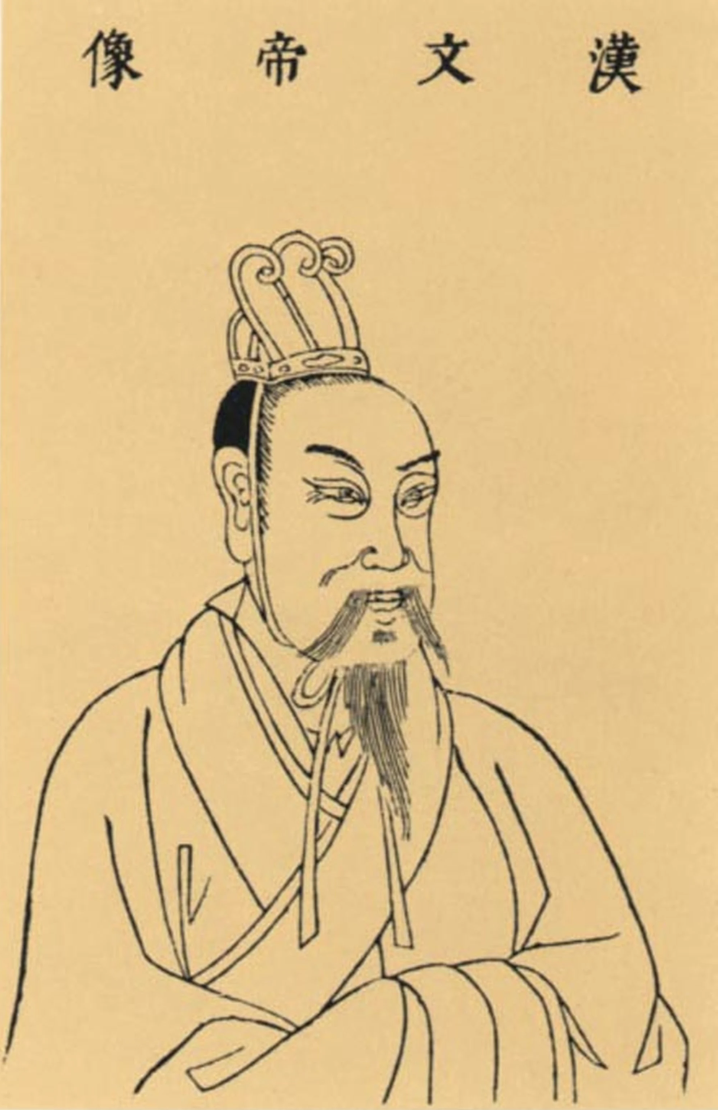
Image of Emperor Wen of Han in Chinese history books. (Photo: SCMP)
Rare wild animals are usually found only in the tombs of emperors, empresses and emperor mothers, according to archaeologists, who note that some of these may have been offerings from southern China.
Ms. Hu said the presence of many pandas in Shaanxi during the Han Dynasty showed that the climate in this province was once wetter and warmer than it is today, creating favorable conditions for bamboo to grow.
Archaeologists will analyze the animals' DNA to determine where they came from and what foods they ate.
Phuong Thao (Source: SCMP)
Useful
Emotion
Creative
Unique
Wrath
Source








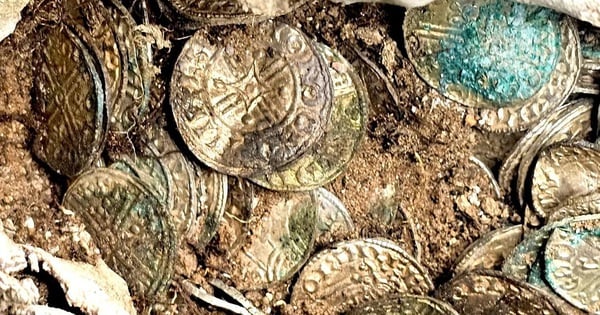

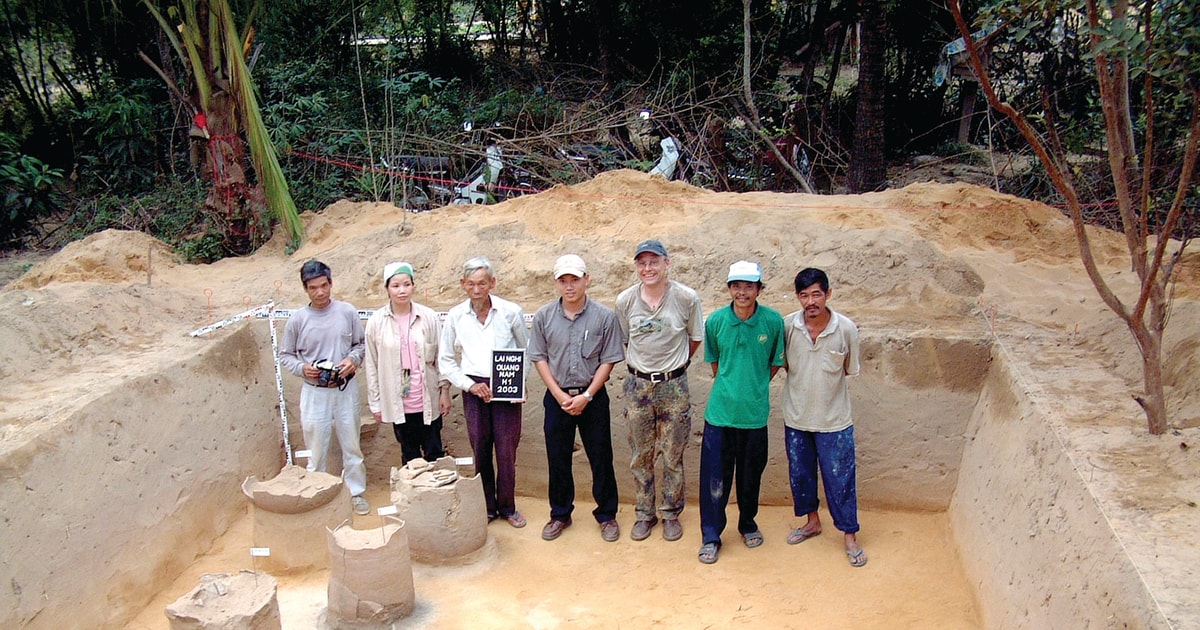

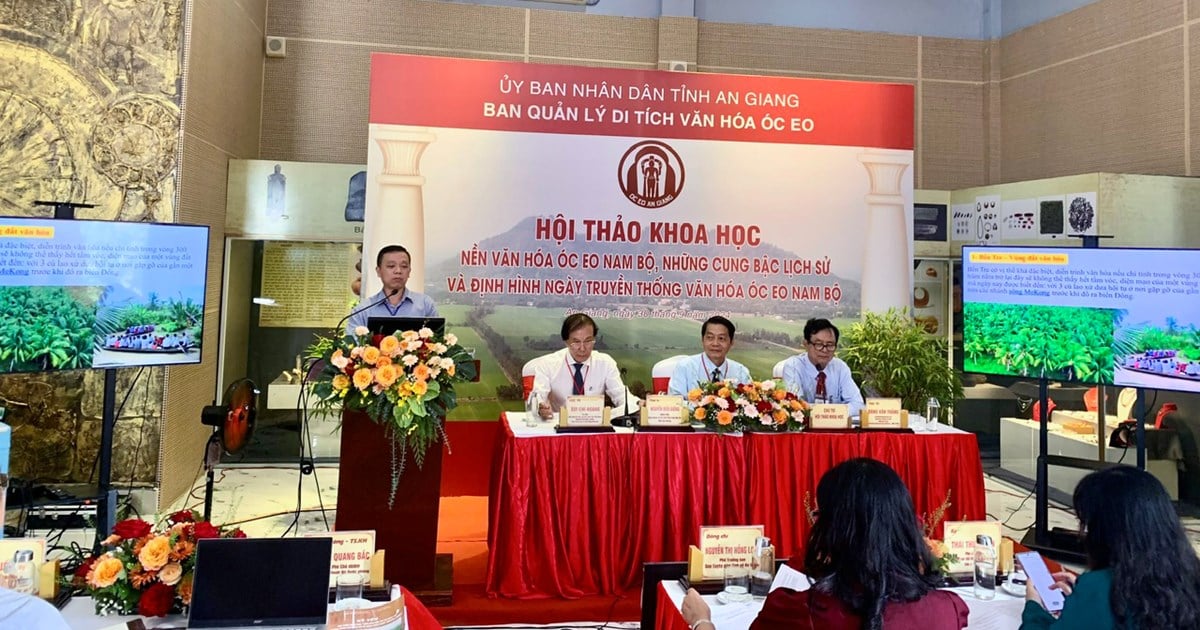

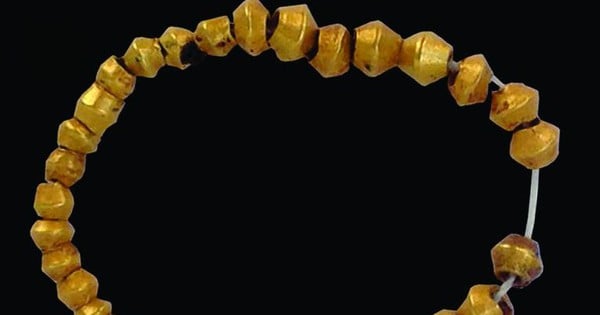

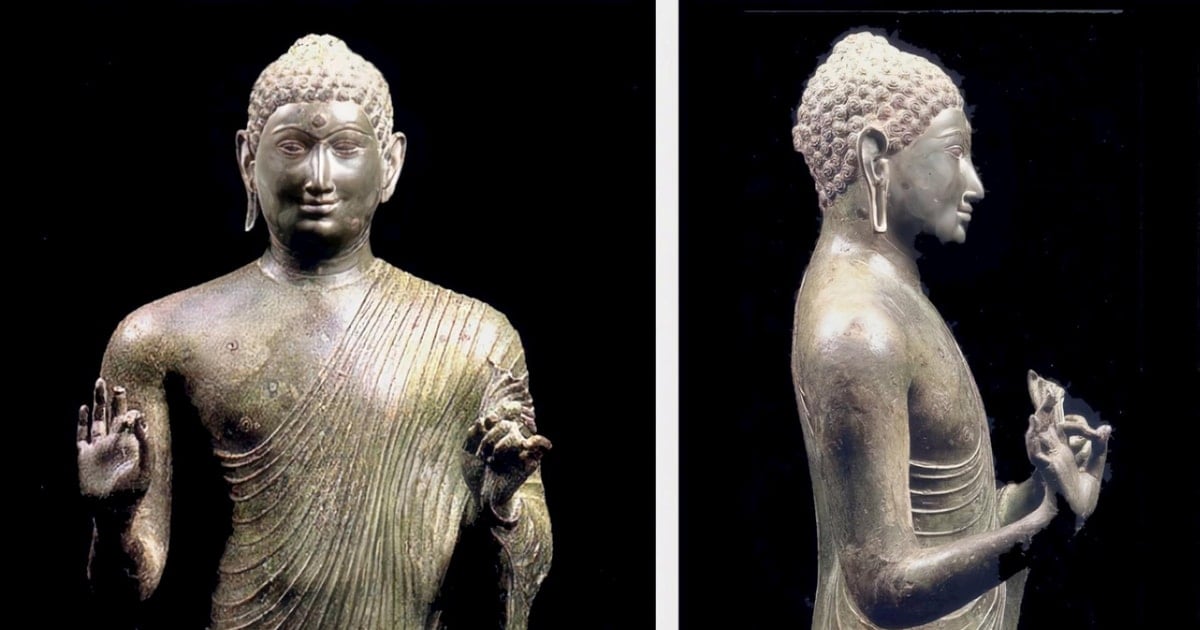





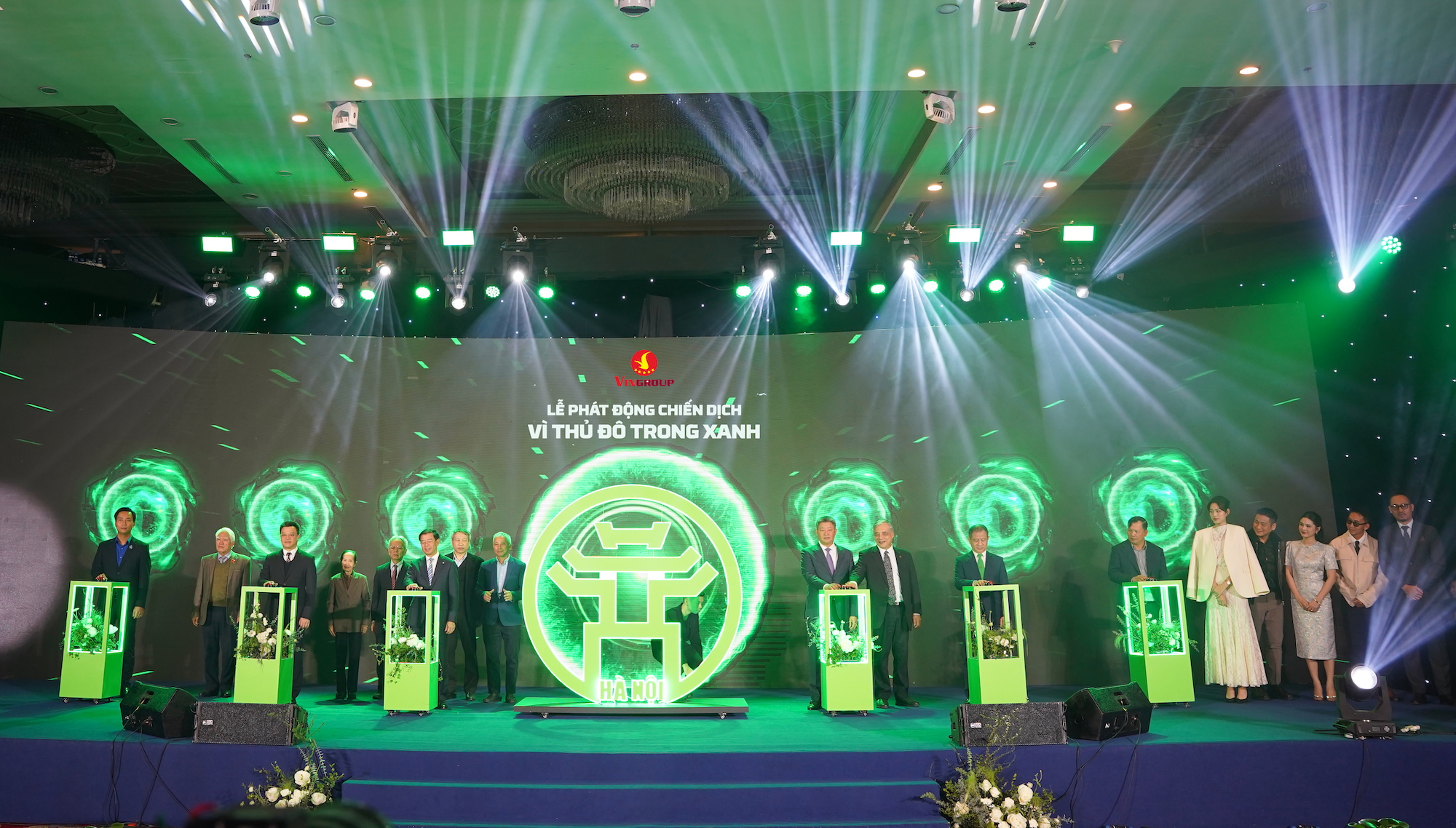










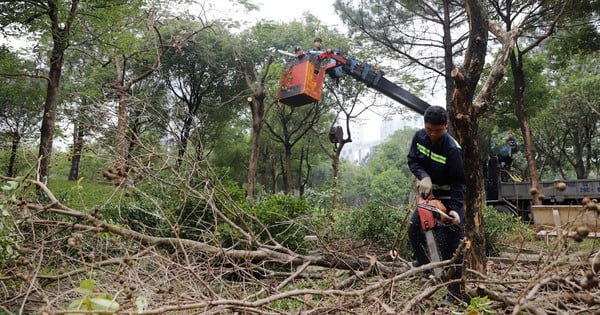





![[Photo] Prime Minister Pham Minh Chinh chairs Government Conference with localities on economic growth](https://vstatic.vietnam.vn/vietnam/resource/IMAGE/2025/2/21/f34583484f2643a2a2b72168a0d64baa)


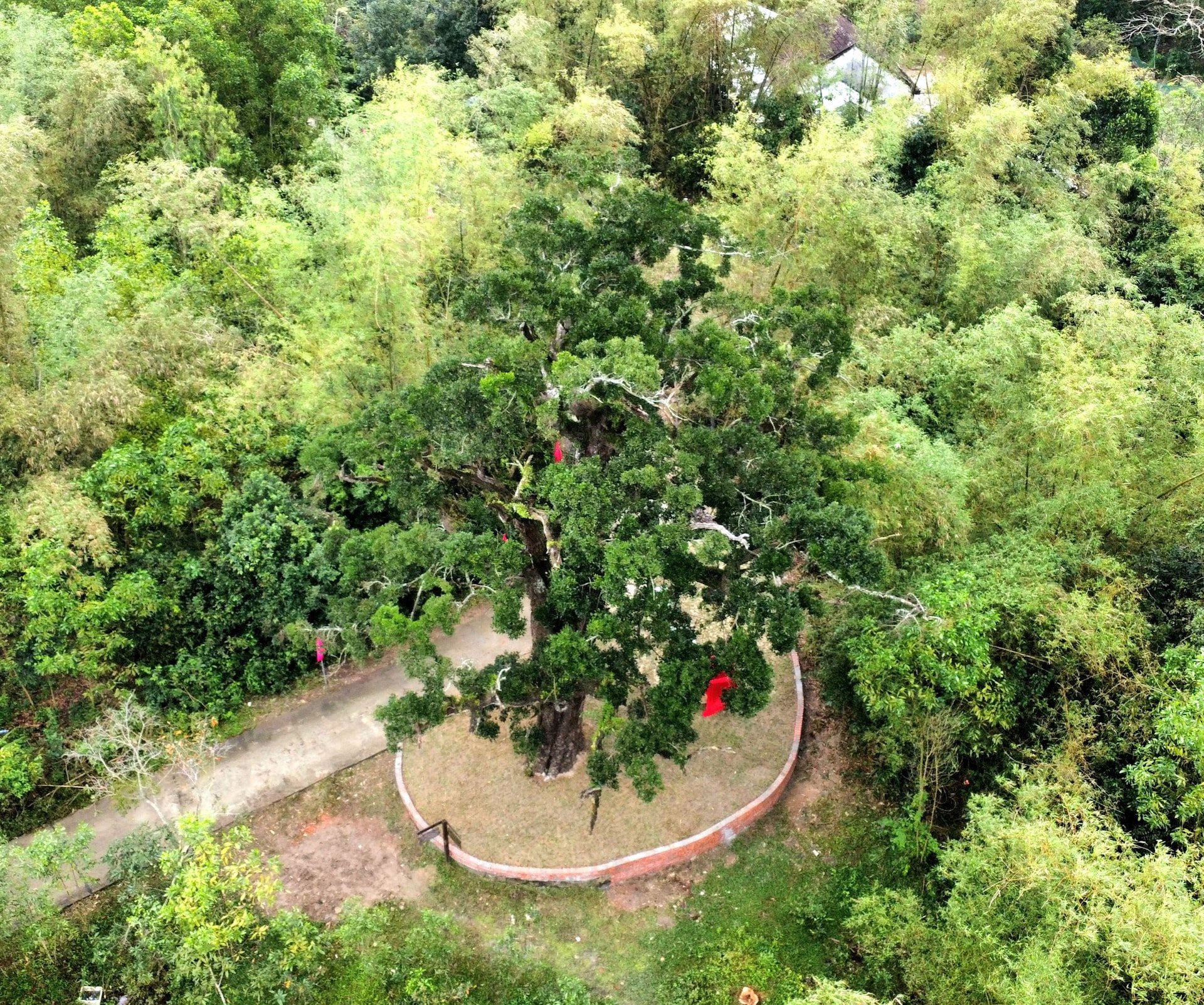



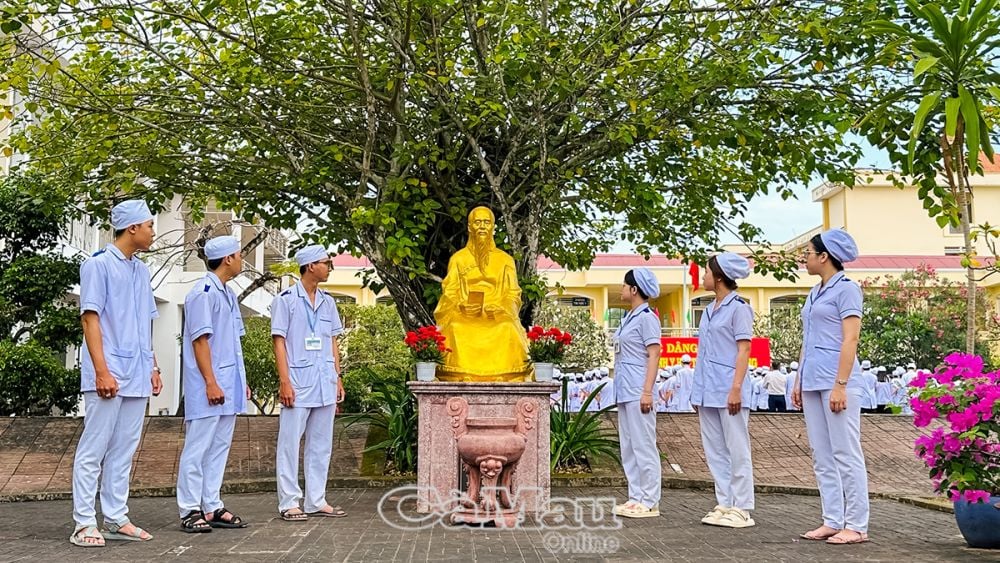
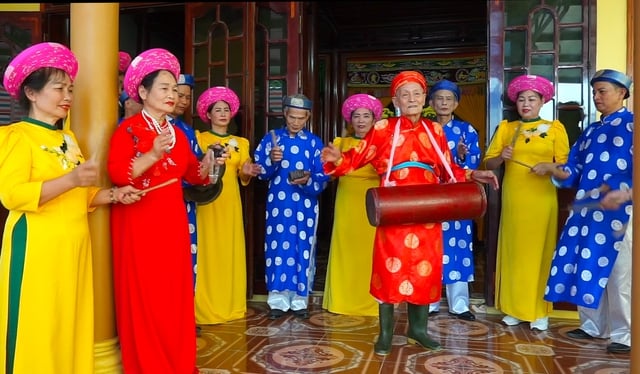

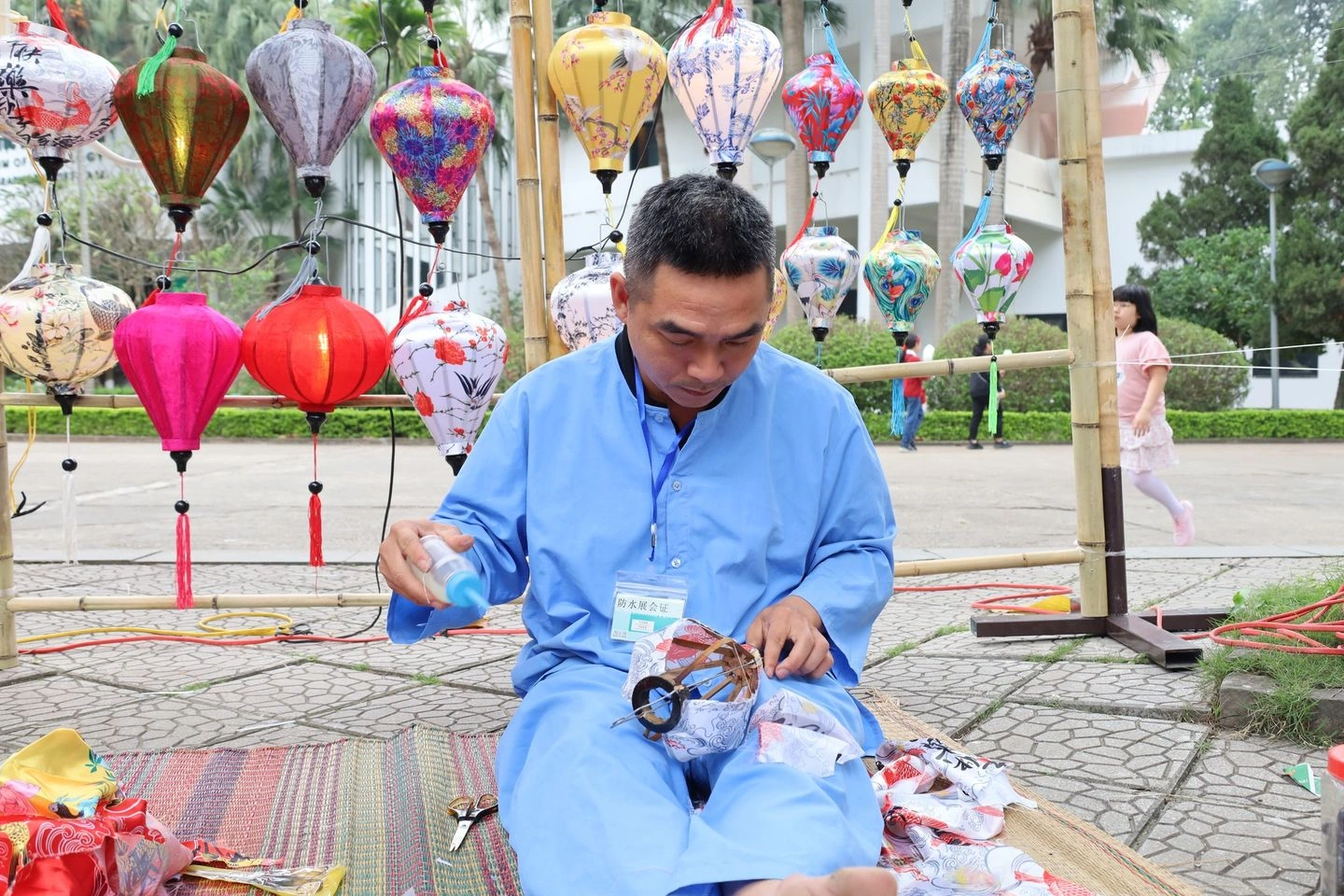


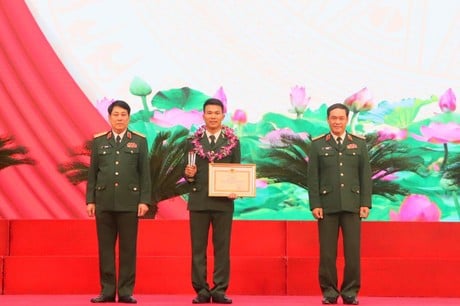


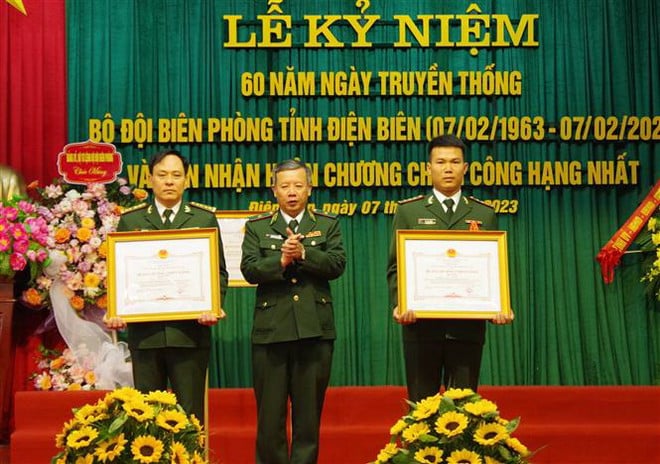








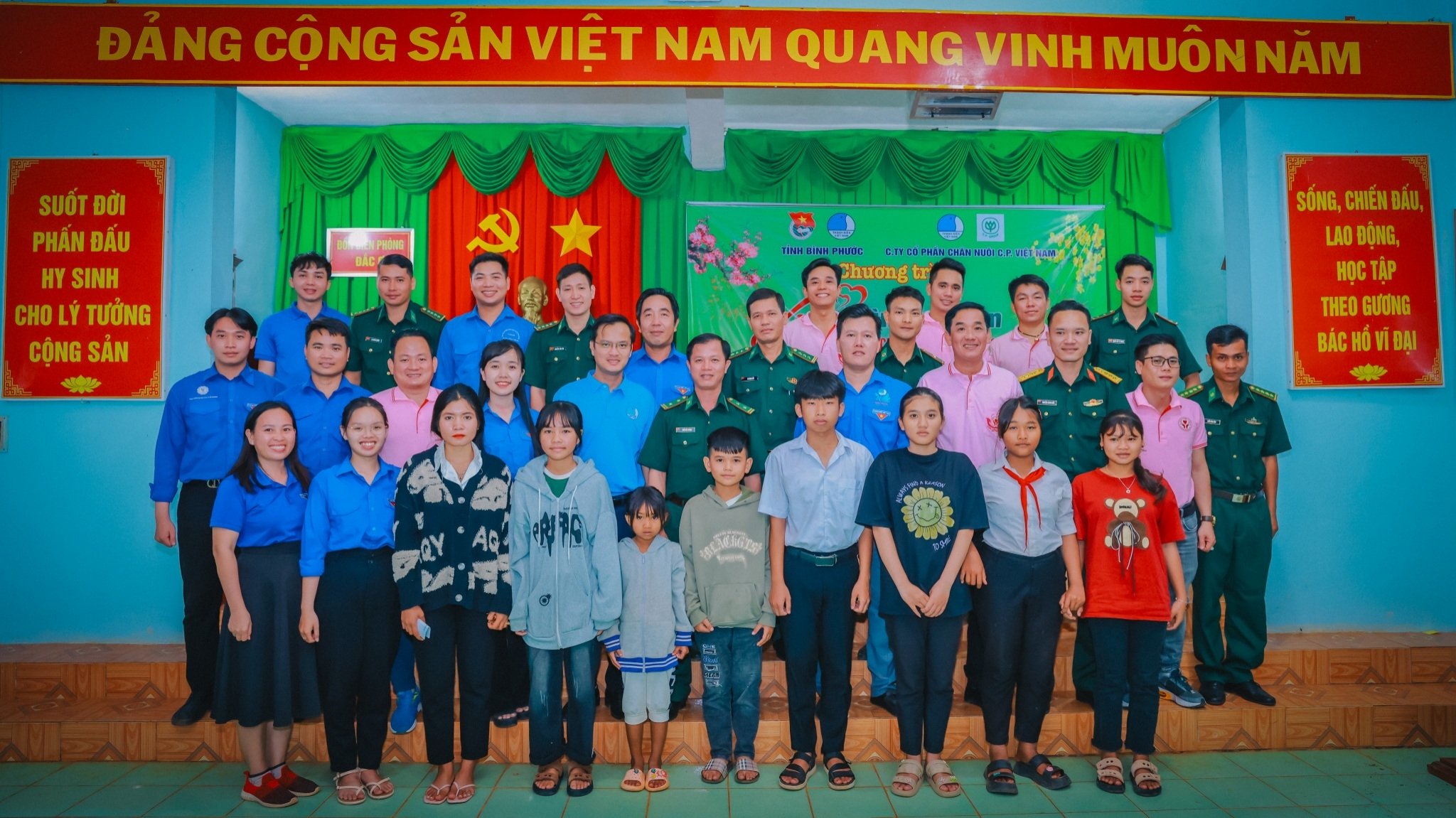


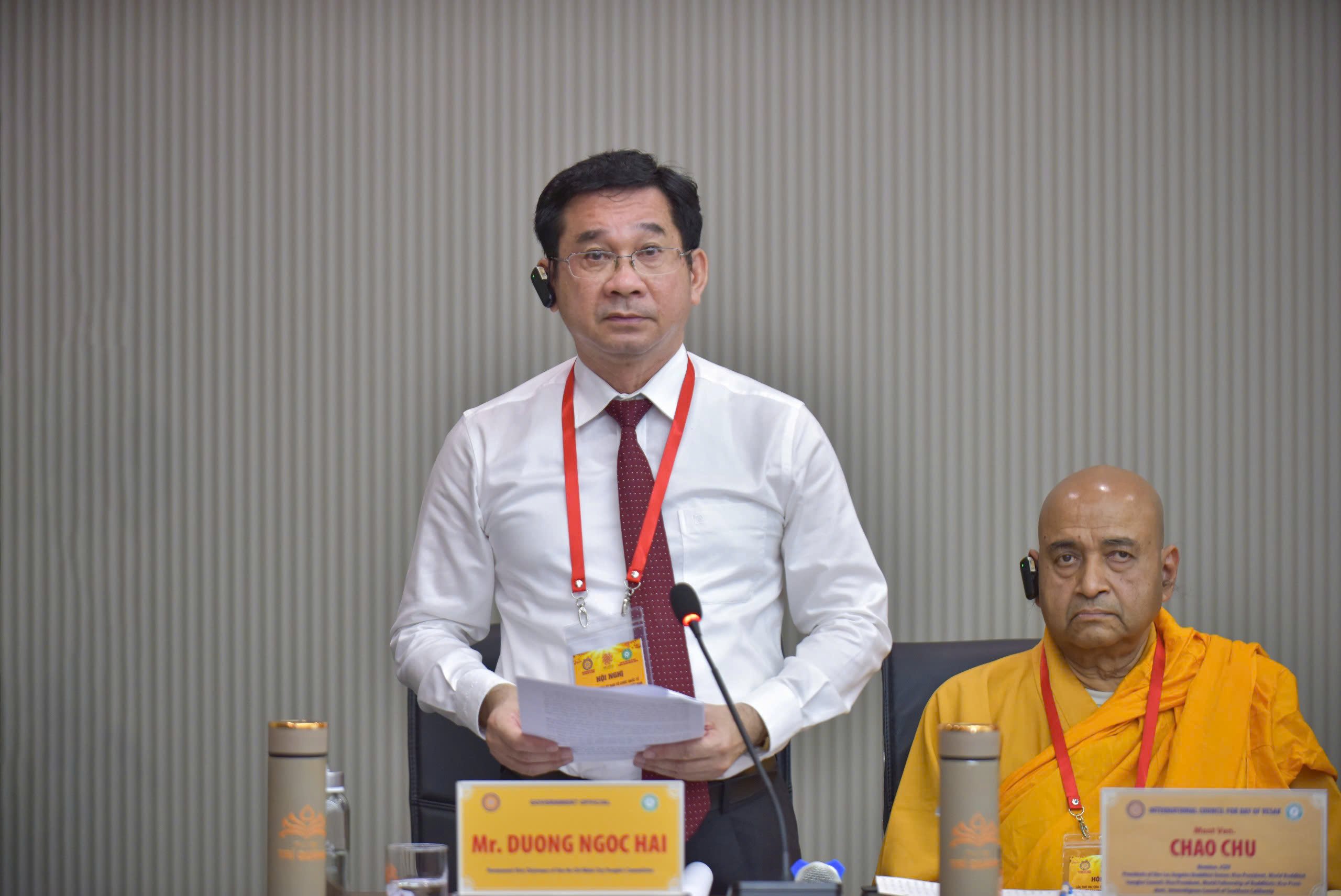

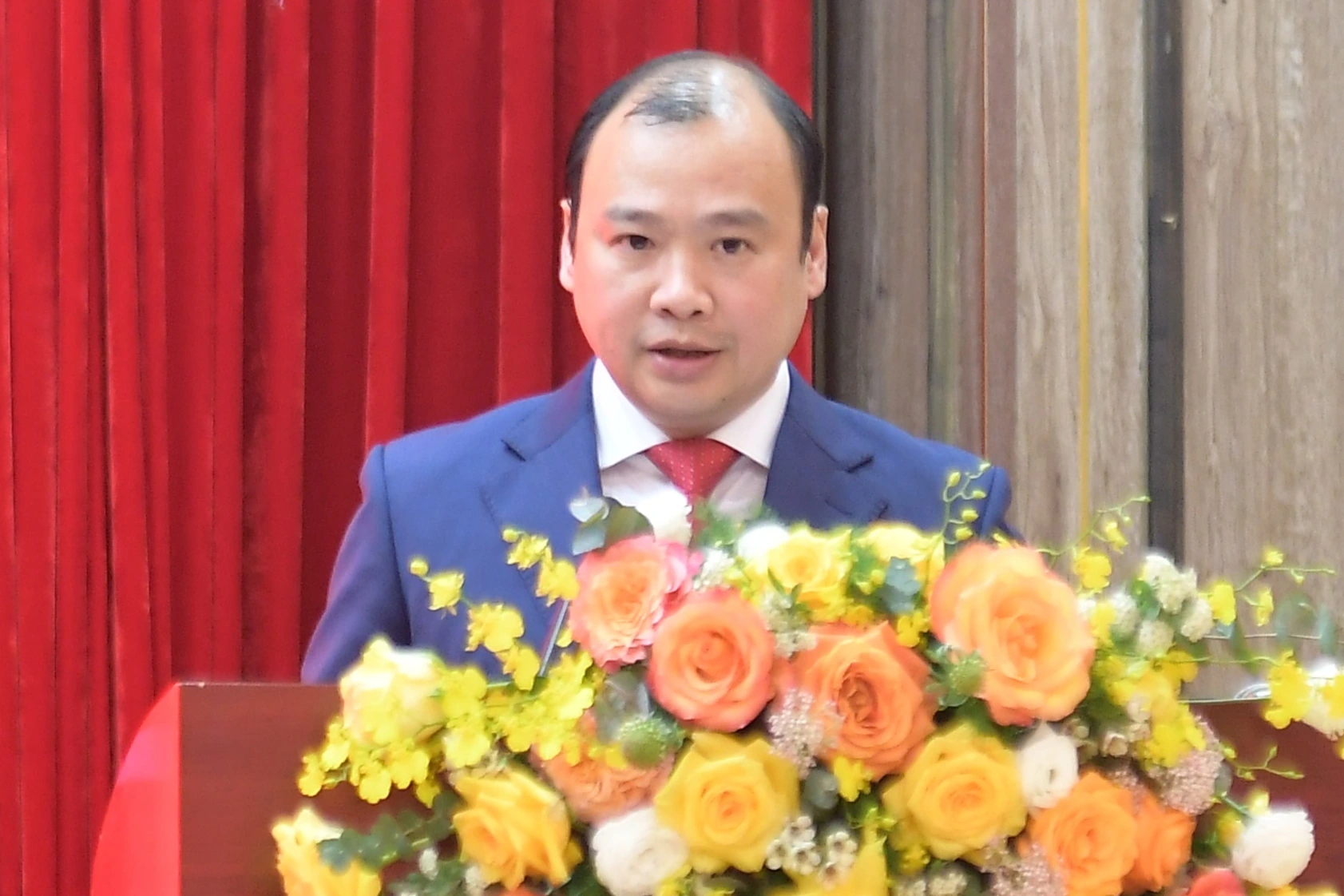





















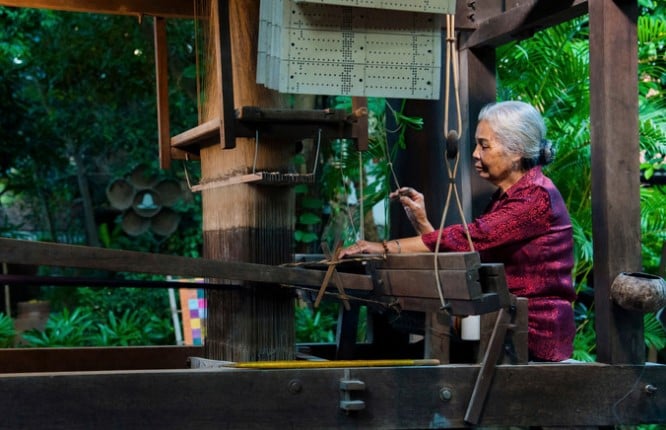



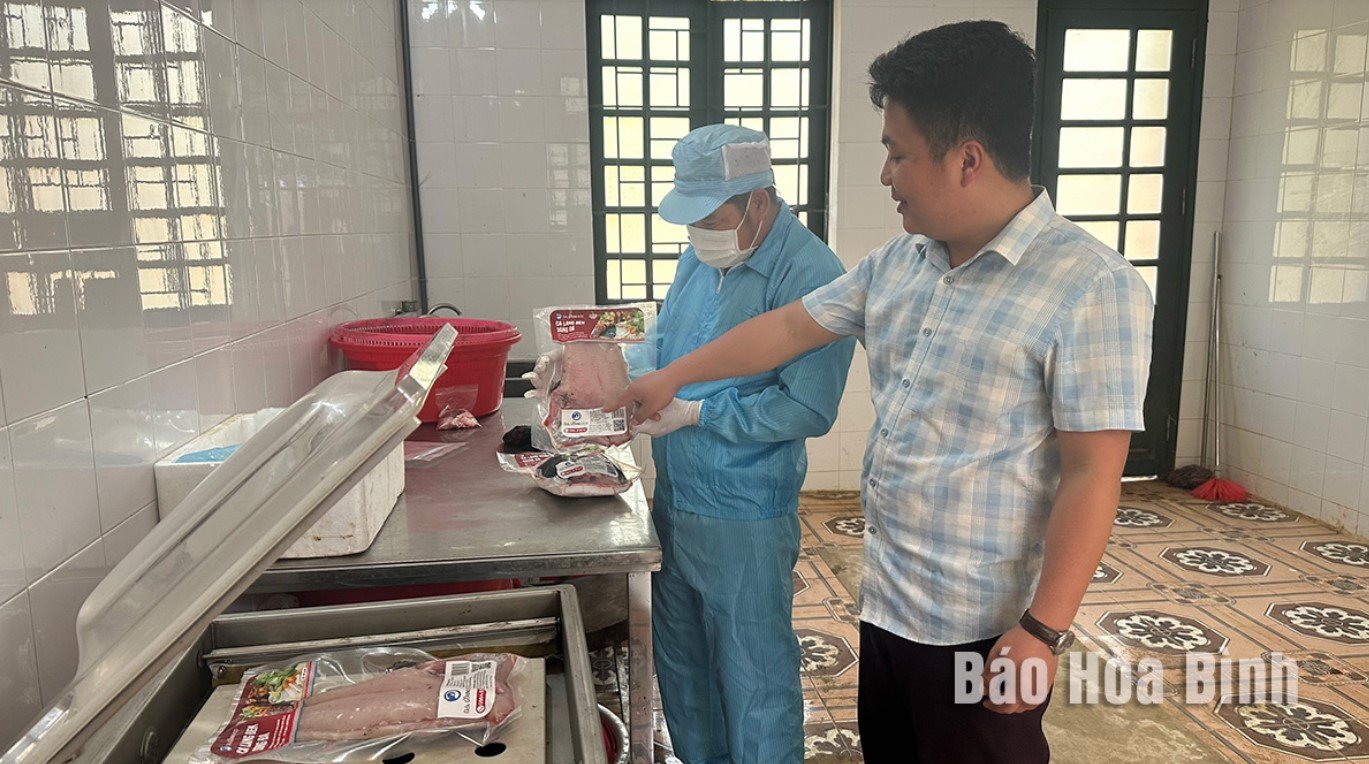



Comment (0)